Do you ever struggle with balancing your training intensity and keeping your rides enjoyable? It’s a fine line we all walk, especially when returning to a routine after a break. This past week, I might gotten one step closer to balancing my training. Here’s a glimpse into my latest cycling adventure and some training advice based on what I’ve learned along the way.
Rediscovering the Joy of Cycling
After my first week back, I’m feeling pretty good. I decided to head out in the heat and do my long, easy ride on the road. I set out with a goal to ride up the bike path along the creek. I chose this route because I’ve struggled to keep my easy rides genuinely easy. It’s really pretty on the east end of the city, and I never ride it because there are usually families or people walking dogs, and riding through at 18mph can be dangerous. But since I was planning to ride easy and slow, it was the perfect opportunity.
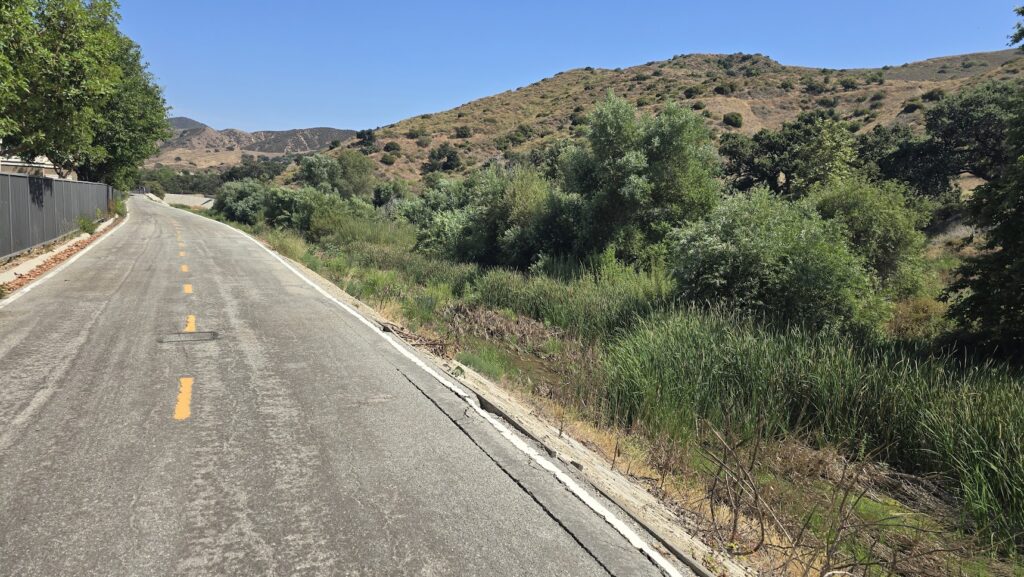
Remembering my tips from a couple of weeks ago, I started setting small goals. First, I aimed to ride up the bike path to Hidden Ranch. Once I reached the bike path, I thought, “Maybe I can make it up Tapo Canyon,” to see the peacocks and send some pictures to my niece, who loves them. I wasn’t sure if I could make it, but first, I had to ride up the bike path.
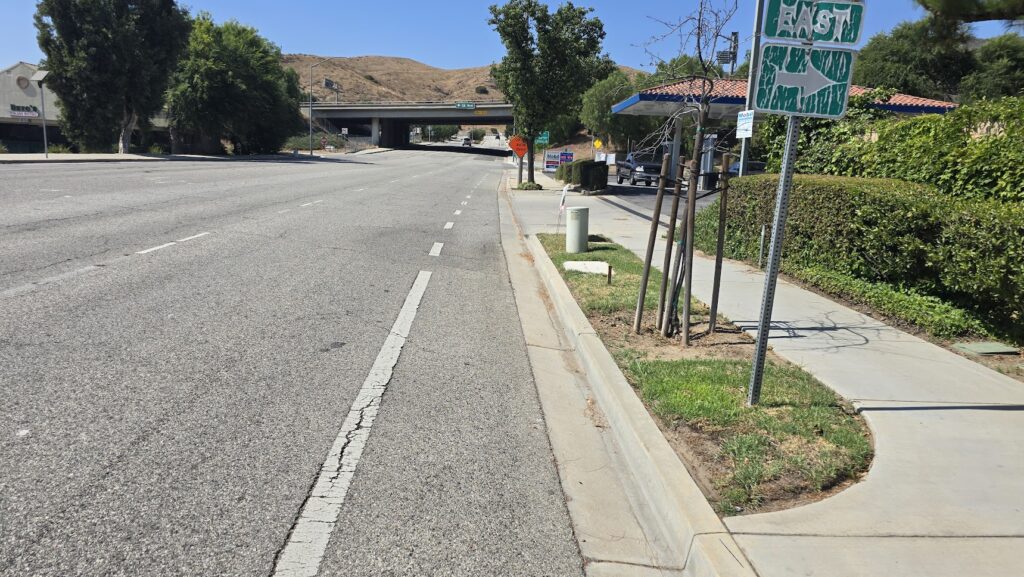
At the end of the bike path, I turned right to go around the long way. I rode to the end of the valley and wound back over to Tapo Canyon. I started climbing. It wasn’t bad. The hill isn’t hard, but it was hot—really hot. I managed to keep my heart rate pretty low, which was super encouraging, a sign my fitness is returning. I climbed all the way to the top, occasionally wondering when I would stop and head back down the hill. Not long after I started, I saw one—a peacock! I stopped, took a picture, then finished my climb and headed back to take some pictures with the peafowl and a horse.
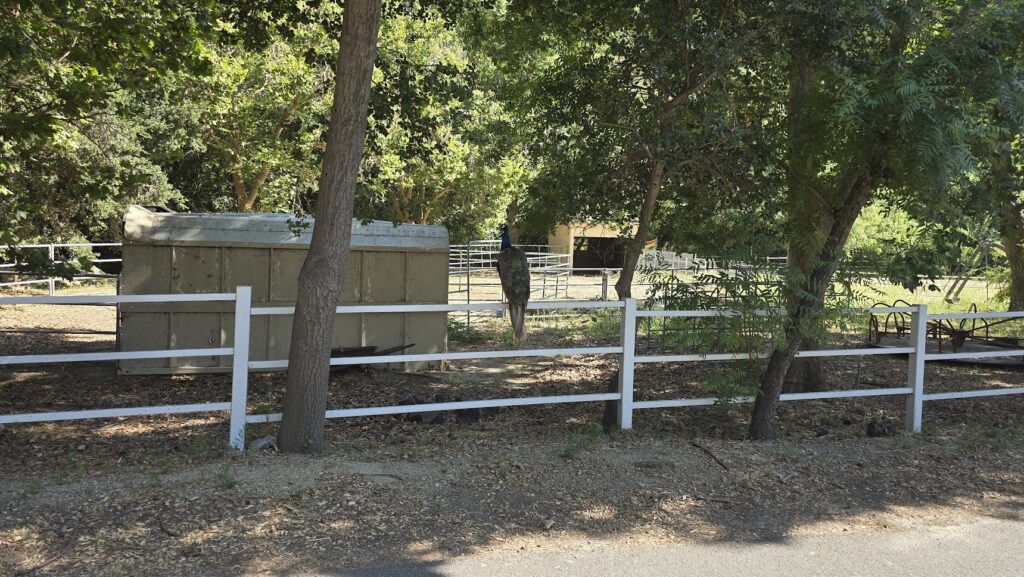
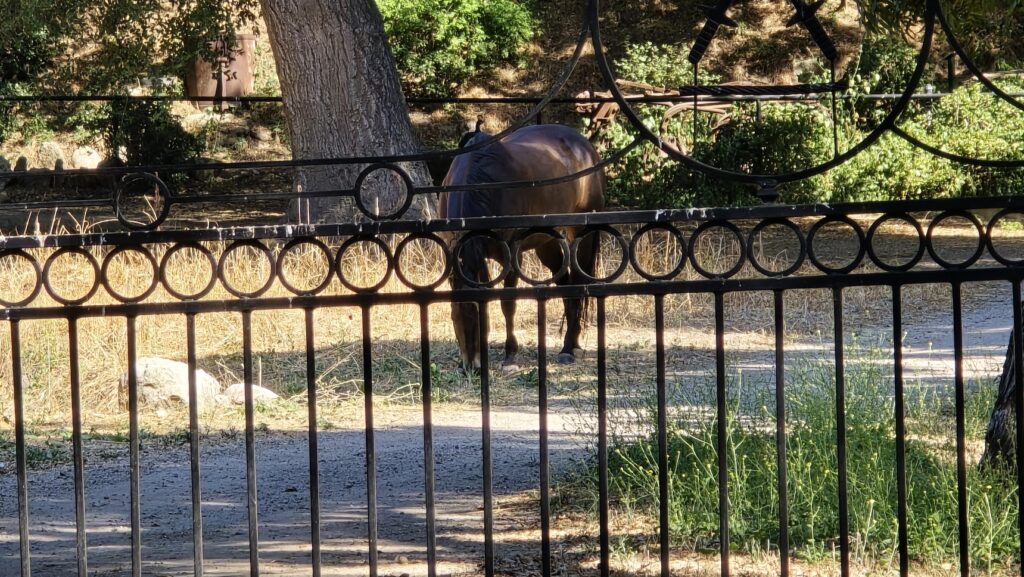
On my way down, I approached Lost Canyon and thought, “I’ve got another short climb in me.” I made the turn and started climbing the hill. Again, I kept it easy. As I neared the dog park climb, I realized I had never passed that road without climbing it. It’s short but super steep. Keeping in mind my training goal, I rode right by. I continued home, delighted to realize the majority of my ride was in zone 1.

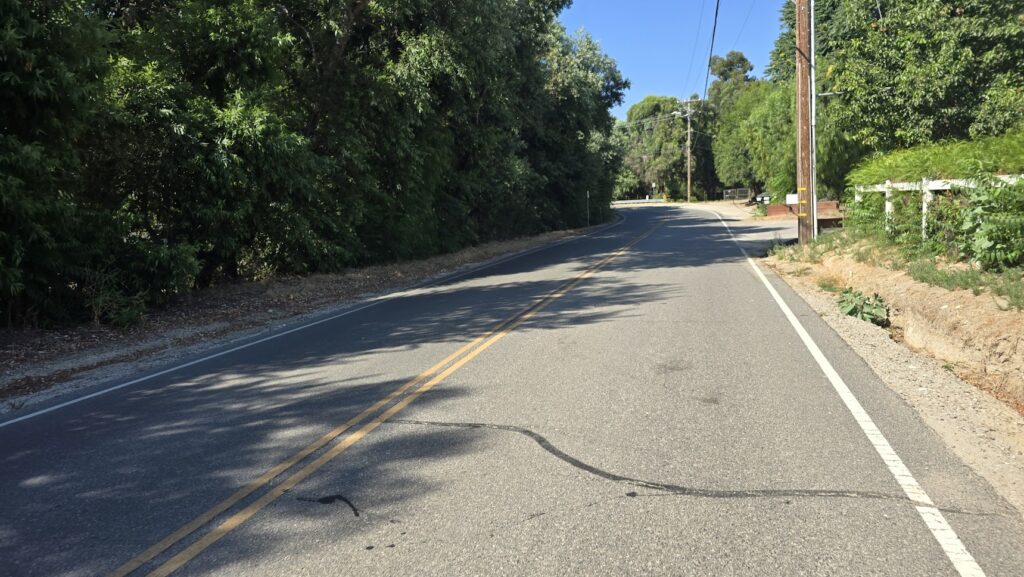
Little by little, the fatigue is leaving, my resting heart rate is dropping, and my heart rate recovery is improving. Every day, there’s another sign that I’m getting fit again.
Reflecting on Structured Training
While I was out on my ride, I started thinking about structured training. Whether you’re cycling, running, or swimming, you always hear about the three staples: the long ride, the easy ride, and the tempo or threshold ride. I’ve always been confused about this because when people talk about the long ride, it’s always zone 2. So, isn’t that easy? Are the long ride and easy ride the same thing? If I don’t have a lot of time, can I work in some tempo work and combine the tempo ride with the long ride? So many questions, and I’m not a professional, but here’s what I’ve learned from my experience.
Early on in my triathlon journey, I learned about the 80/20 rule—80% of training should be easy, and 20% should be hard. That’s how the pros train, and some say it’s effective for age group athletes as well. That may be true, but it might not be ideal for beginners looking to improve. Initially, I had a hard time keeping my heart rate in zone 2, especially while running, which led to fewer workouts. Because my heart rate was so high, I wanted to get tested in a lab. My teammates recommended Brian for a VO2max test.
Getting Professional Insight
I met with Brian and confirmed that my heart rate is higher than average. I later learned there is a small blockage in my LAD artery that might be causing it. Brian set my heart rate zones. They might have been a little high, but I was able to run fast, which was really cool. I could start running with some team members. It was great.
However, most of my easy runs were probably actually long tempo runs. For the first time since I started training, I saw noticeable improvement in my performance week after week. Brian’s test came with a free training plan for a few weeks, which was great. I tried to convince him to coach me, and one of these days, I’ll get him to agree. Until then, he has been a great resource whenever I have questions about my training.
After Brian’s plan ended, I got injured and couldn’t run, but I could ride, so I turned to cycling. I’ve talked about how I ended up riding with the hard group in another post, but I didn’t mention how hard I pushed myself to do that. I loved riding with that group and was fit enough to do it, but I wasn’t fit enough to ride with them week after week while doing all the other riding I was doing.
Learning My Limits
This is when I started learning about the upper limit. I got injured and found out I had a heart issue. I learned that the upper limit is nothing to play around with. While my improvement comes from challenging workouts and not so much from easier work at my level, there is a point where it’s too much. My brain can tolerate a lot of pain, so when most people would probably stop, I just don’t know how. I’ve had to learn to become aware of the stresses I’m putting on my body during training.
I guess what I’ve learned is that sometimes a long ride should be easy, other times I should work in some tempo or threshold work during my long ride, and sometimes I should skip the ride entirely. I haven’t found a magic formula to keep improving while staying healthy, but I know it has something to do with moderation, paying attention to my body, and erring on the side of rest.
To wrap up, finding the right balance in training is a journey. Each workout teaches me something new about my limits and how to listen to my body. As I continue to explore and push my boundaries, I realize that the key to sustainable progress lies in patience and moderation. Whether you’re a beginner or a seasoned athlete, remember to enjoy the ride, stay mindful of your body’s signals, and never hesitate to adjust your plan for the sake of long-term health and fitness.